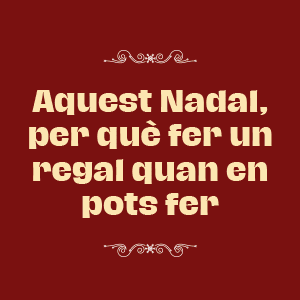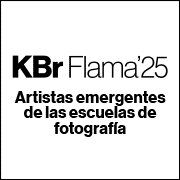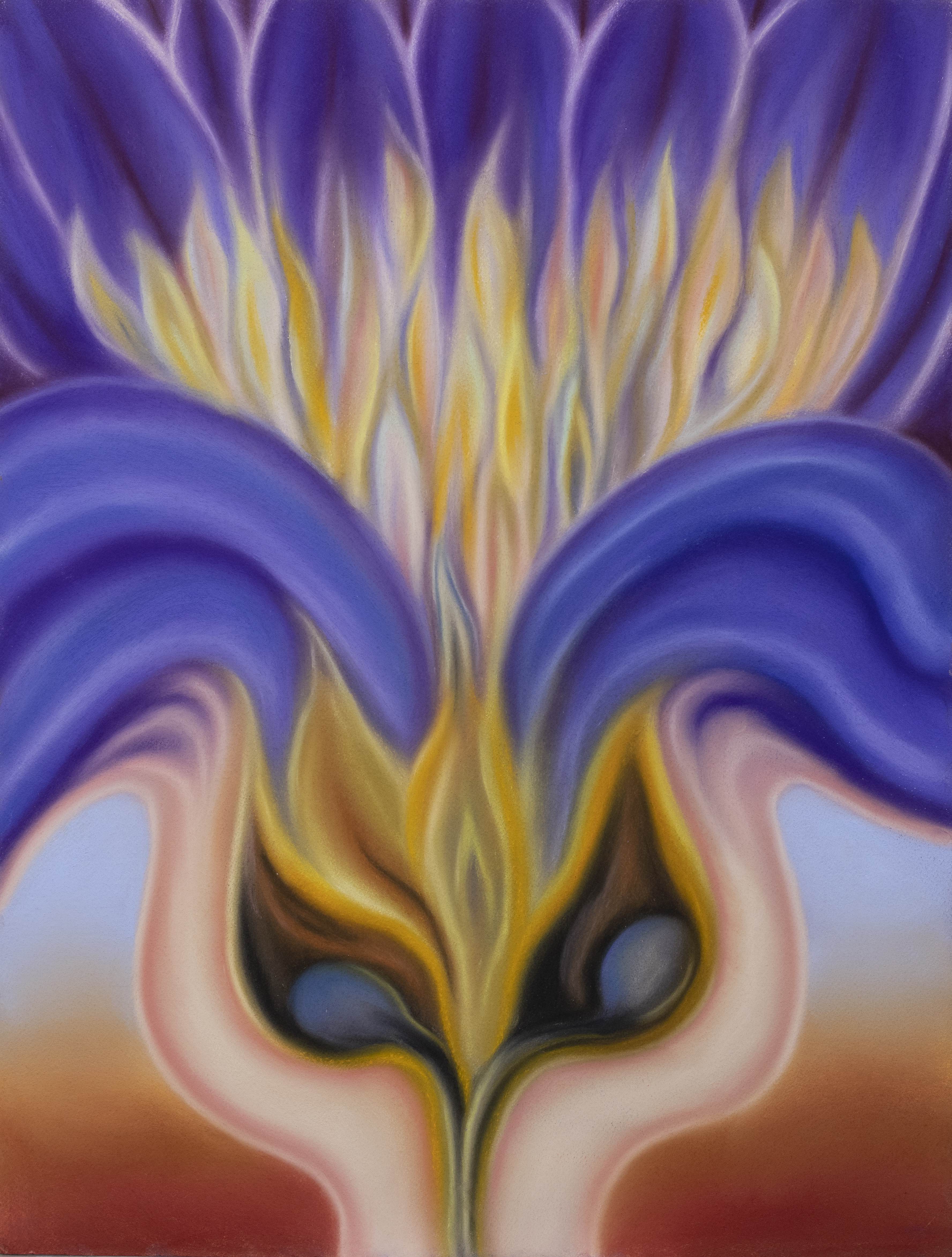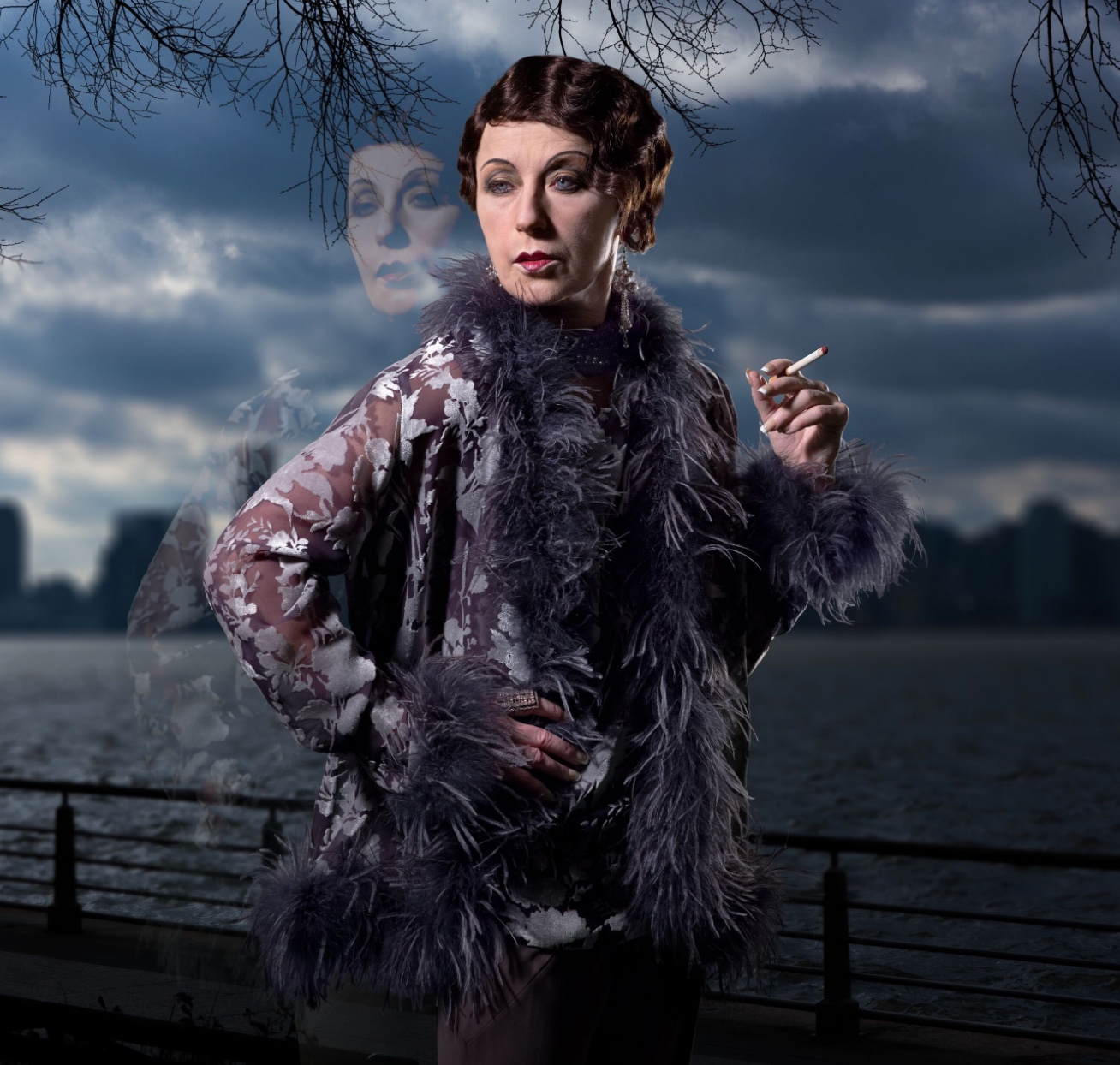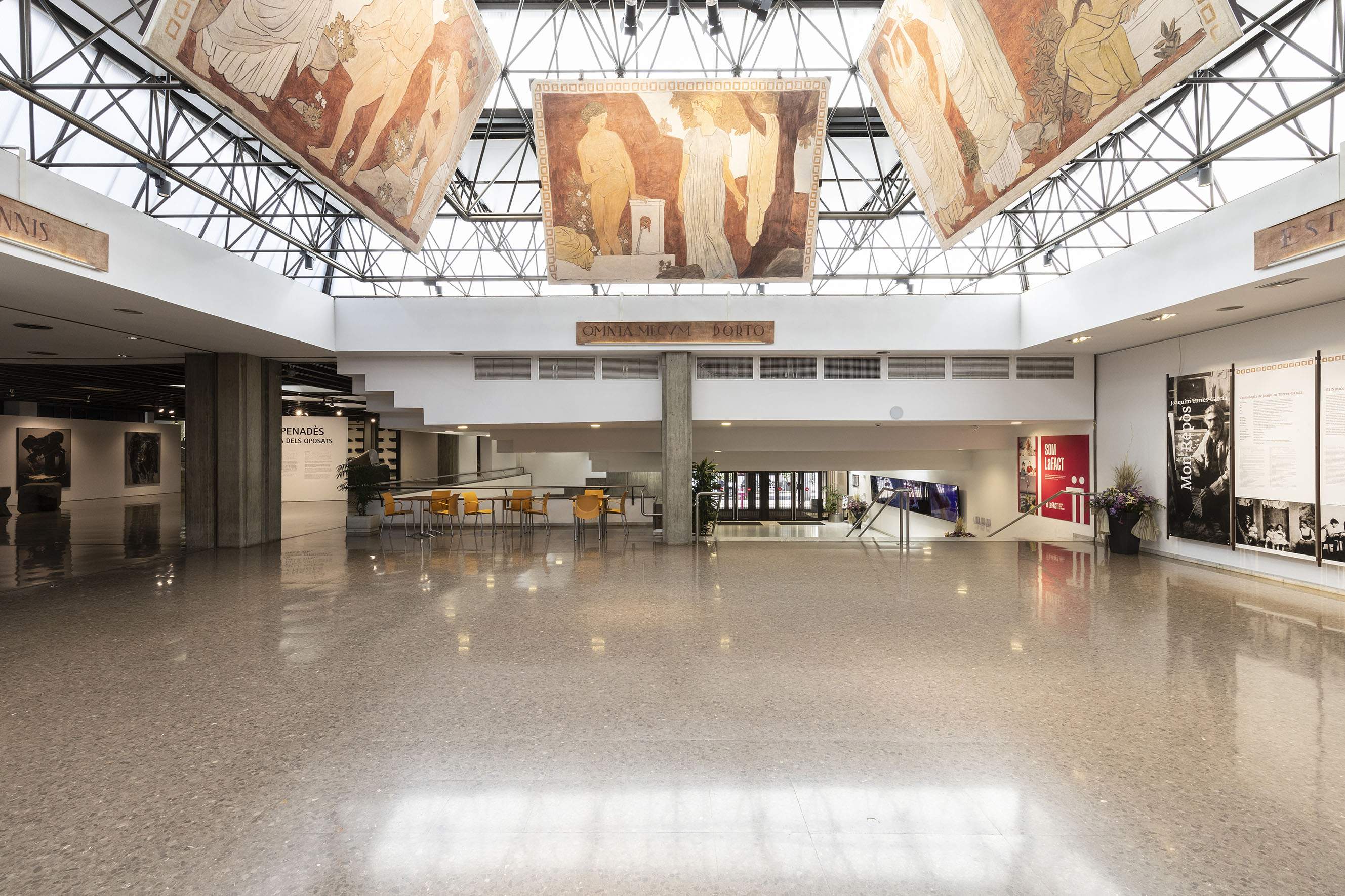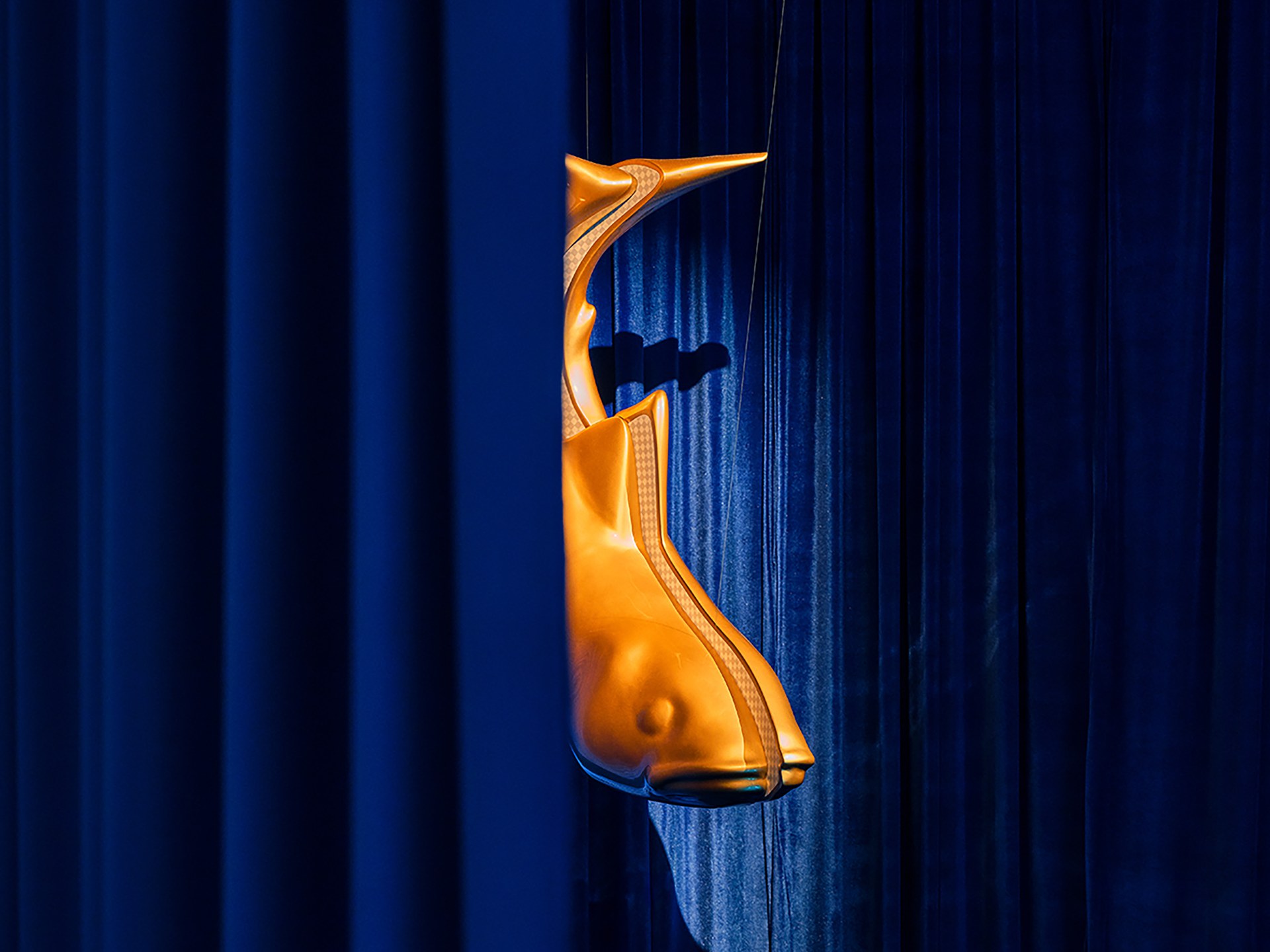Exhibitions
Barcelona and the power of gesture at MACE
Paintings and ceramics that connect with the more material and primitive universe of the Mallorcan artist.
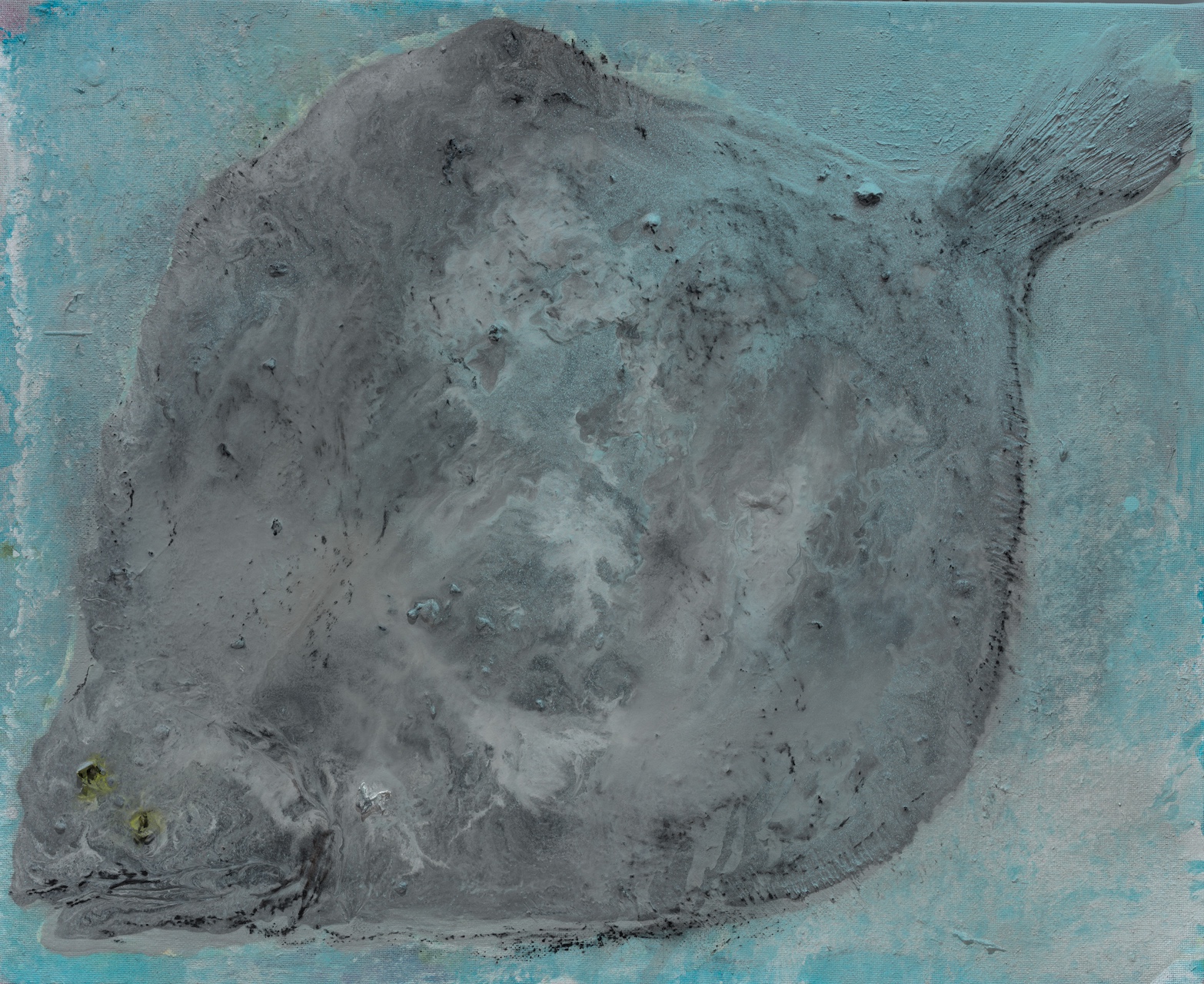
The Museum of Contemporary Art of Ibiza presents a new exhibition focused on the most recent work of Miquel Barceló (Felanitx, 1957). The Mallorcan artist returns to the island with a series of paintings and ceramic pieces that take up some of the motifs and materials that he has worked intensively with in recent years. Barceló's relationship with the MACE is not new, he had previously exhibited there with proposals that emphasized his links with the Balearic Islands or his ceramic and drawing production. This time, however, the project delves into its most primitive line, connecting with matter, nature and gesture as a starting point.

Curated by Enrique Juncosa, the exhibition Miquel Barceló, The Permanent Present brings together thirteen paintings created between 2024 and 2025 and nine ceramics made between 2018 and 2024. The pictorial works, full of textures, volumes and a reduced palette —with whites, ochres and blacks— refer to an archaic world. Barceló looks to the caves of Lascaux, Altamira or Chauvet to explore the relationship between humans and the image, that first impulse to represent the world through the line. Heads of mammals such as oxen, goats or mammoths appear in his paintings as symbols that refer to the vital force and ancestral links with the land.
The ceramics, on the other hand, introduce forms of marine fauna and flora, with elements such as fish or flowers. According to Barceló, these ceramics are “a way of painting”. The color maintains a certain sobriety, but gives way to shades of aquatic blue and natural earths that are combined with free gestures and moving shapes.

By the 1990s, Barceló began experimenting with surfaces with relief and shapes reminiscent of cave walls, using materials such as starch or deformed grids. From there, he painted human figures and objects directly on these volumes, letting himself be carried away by what the material itself suggested, just as the first artists of prehistory did. Works such as L'atelier aux sculptures , which is part of the collection of the Reina Sofia Museum, or L'ours blessé (2000), in Munich, and La grotte (2002), in the Masaveu Collection, are framed in this context.
Born in Mallorca, Barceló usually resides between this island and Paris. His career places him among the most active artists of his generation. He has participated in prominent events such as Documenta VII in Kassel or the Venice Biennale, and his work has been exhibited in museums and centers such as the Centre Pompidou in Paris, the Guggenheim Museum in Bilbao or the Rufino Tamayo Museum in Mexico. In addition to painting, Barceló has developed a wide range of practices such as sculpture, drawing, engraving, artist's books and performances, and has intervened in emblematic spaces such as the chapel of Saint Peter in the Cathedral of Mallorca or the dome of the UN Human Rights Hall in Geneva. Recently, he is working on large tapestries intended for the interior of Notre-Dame de Paris.
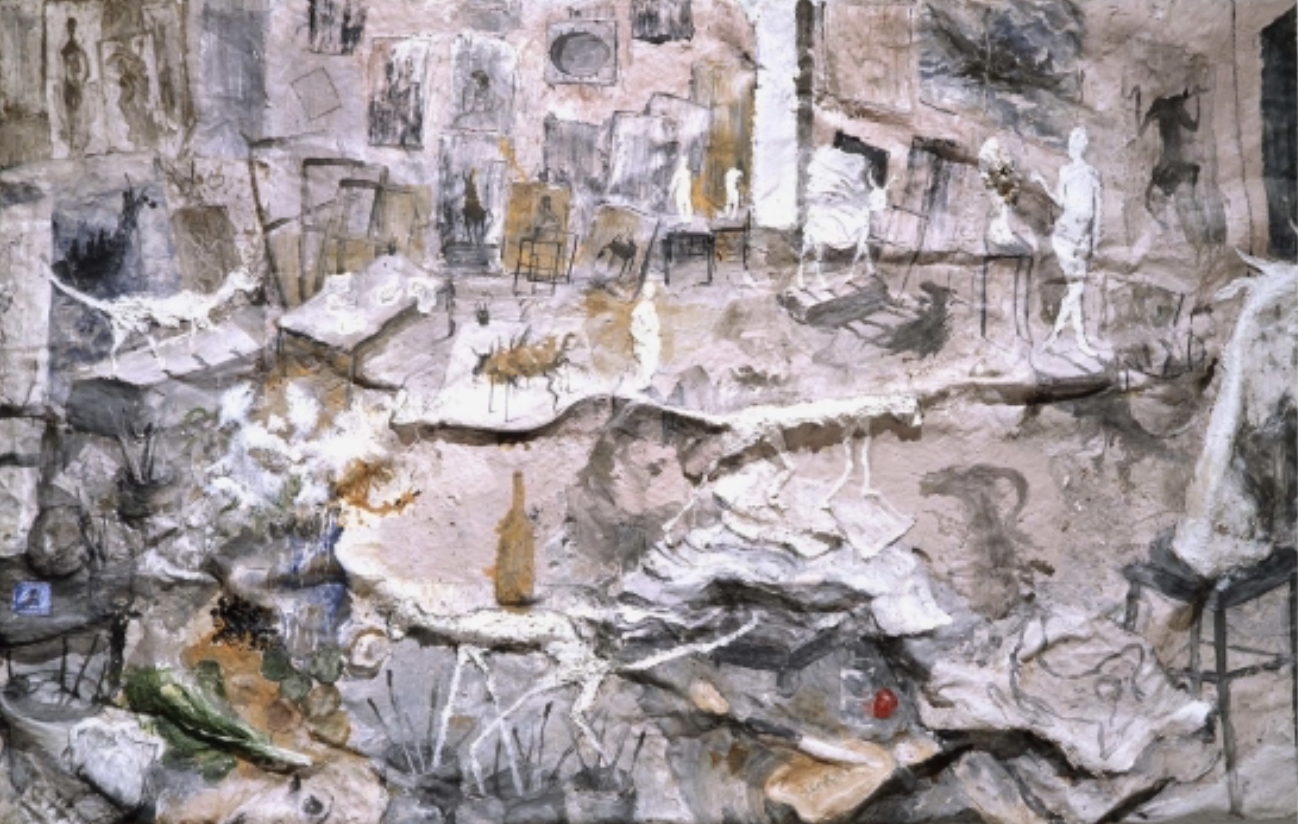 L'Atelier aux sculptures, Miquel Barceló (1993). MNCARS
L'Atelier aux sculptures, Miquel Barceló (1993). MNCARS


